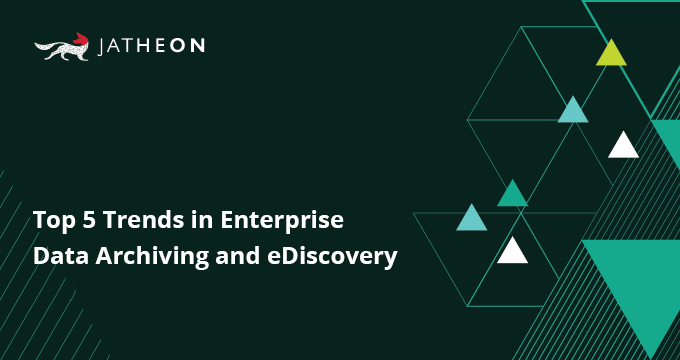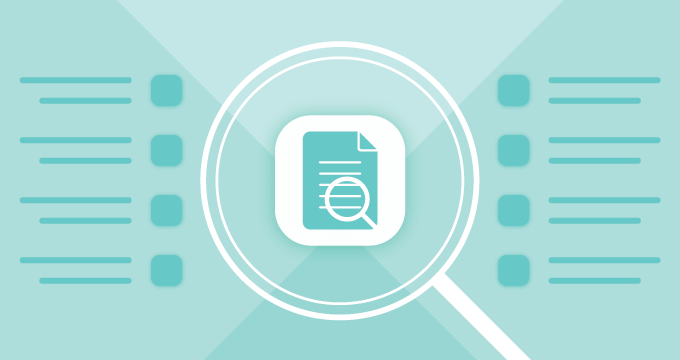With exponential data growth across all communication channels, stringent compliance and privacy requirements, and the ever-increasing need to extract more value from data over time, we know developing a modern archive strategy isn’t easy. It requires cross-functional planning with an eye on the future, not to mention a path for a seamless migration from your legacy system.
In this ebook, we will look at the top five trends that will shape the year and how you can prepare for these changes ahead of time.
You will learn how to:
- Simplify regulatory compliance for your organization
- Support the widest array of use cases, communication channels and deployment options
- Increase scalability and accessibility with a cloud solution
- Plan for the use of AI/ML technology in your archive
- Migrate seamlessly from outdated, legacy solutions











